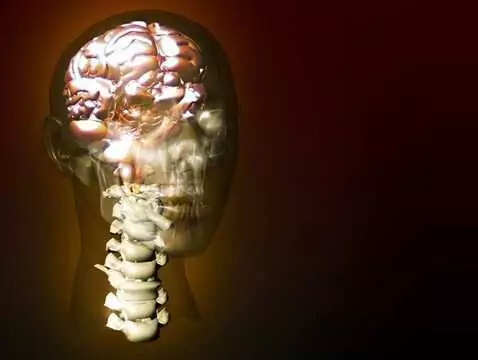Demyelinating diseases of the central nervous system (23 contents)

Analysis of emotion control in the course of multiple sclerosis
Chronic illness for every person is a difficult and painful experience. It involves stress, trauma and psychological crisis. It is no different for multiple sclerosis. Mental disorders are common in...

Multiple sclerosis and obesity: do they have something in common?
The causes of multiple sc lerosis - despite the many studies already carried out on the condition - are still not known. For this reason, various researchers are looking into factors that may...

Specific white blood cells will help treat multiple sclerosis?
One of the neurological conditions that is attracting the most attention from scientists is multiple sclerosis (S) - various researchers are looking at this entity in order to further understand the...

Multiple sclerosis and the coronavirus pandemic
In the context of the current global epidemiological situation, many people struggle with effective prevention. Patients being treated for scleroderma have an additional burden due to frequent cases...

Multiple sclerosis in children and adolescents
Multiple sclerosis is a disease that is typically diagnosed in adults. Although it is quite rare, it is also possible to develop the condition at a much younger age, even in a child of a few years....

Multiple sclerosis and HHV-6 infections: what do they have in common?
The causes of multiple sclerosis (S), despite much research, are still unclear. Genes, but also various environmental factors - including viral infections - are suspected to influence the occurrence...

Devic syndrome, part 2
Devic syndrome belongs to a group of demyelinating diseases that involve the central nervous system - particularly the spinal cord and optic nerve. Until recently, it was treated as a type, a...

Devic syndrome, part 1
Devic syndrome belongs to a group of demyelinating diseases that involve the central nervous system - particularly the spinal cord and optic nerve. Until recently, it was treated as a type, a...

Devic syndrome - what should everyone know about it?
Devic syndrome is classified as an inflammatory disease that results in demyelination, which is damage to the myelin sheaths on nerve cells.

Multiple sclerosis in a nutshell!
Multiple sclerosis (Latin: Sclerosis multiplex, S) is one of the conditions that affects the structures of the nervous system. S is an incurable disease, but increasingly better symptomatic...

Acute transverse myelitis in systemic lupus erythematosus
Acute transverse myelitis (ATM) is a condition that is very rare in connective tissue diseases and is most commonly seen in the course of lupus erythematosus. The mechanism of inflammatory changes in...

Estrogen and progesterone - effects on the development and course of S
S is a progressive neurodegenerative disorder that has an autoimmune basis. At present, medicine is unable to clearly define the pathomechanisms of this disease, as well as the drugs currently used,...














